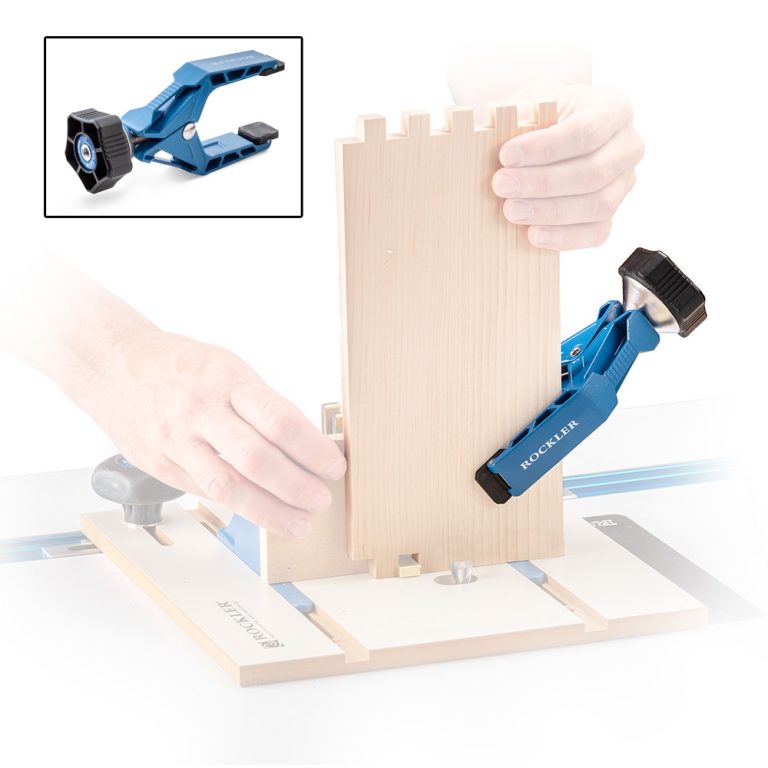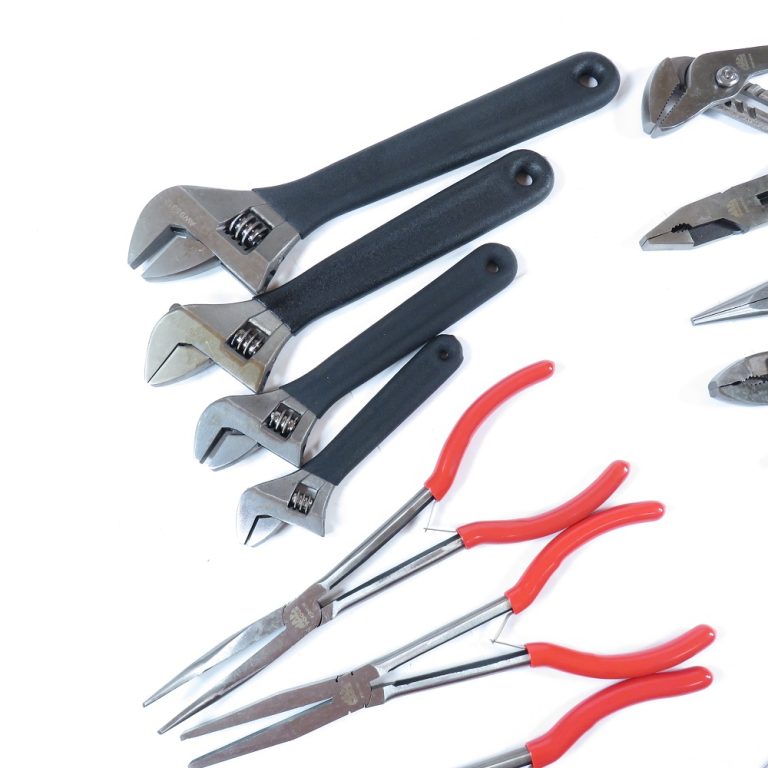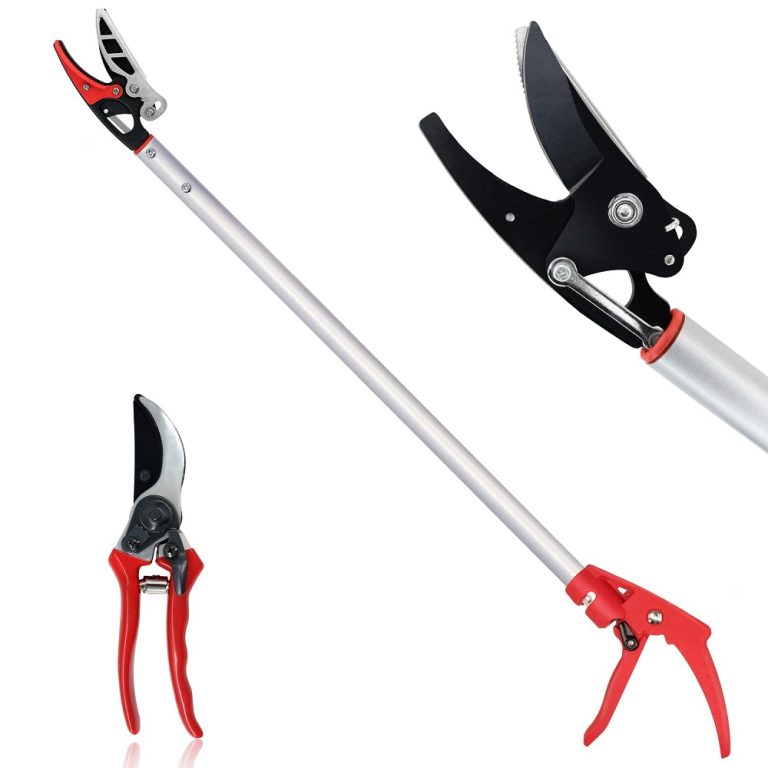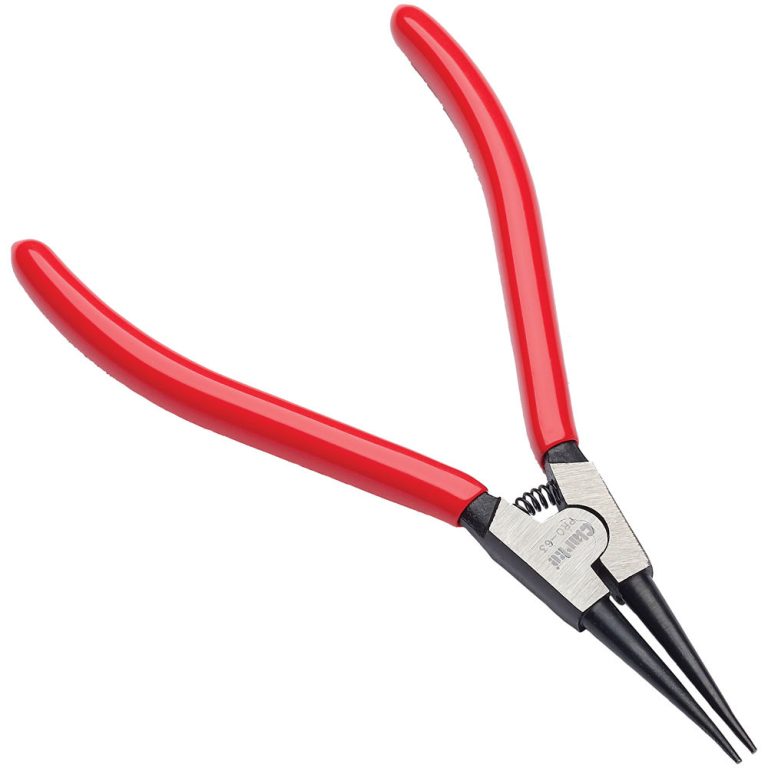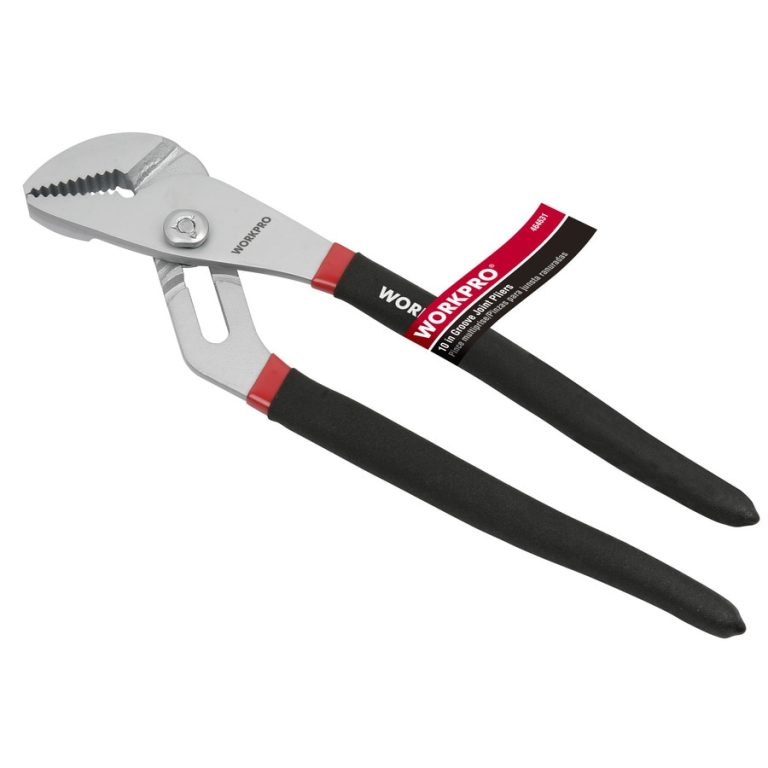Introduction to Oil Filter Pliers
Oil filter pliers are essential tools for vehicle maintenance. They grip and turn oil filters with ease. Mechanics and DIY enthusiasts use them frequently. The pliers have a special design for a strong, secure grasp on filters. They can handle varying sizes and shapes with adjustable jaws. Quality oil filter pliers save time during oil changes. They allow users to remove filters quickly without damaging them. In the next sections, we’ll explore the types, key features, and brands of oil filter pliers. We’ll also discuss how to choose the right ones for your needs. Remember, the right oil filter pliers will make oil changes efficient and hassle-free.
Types of Oil Filter Pliers
When diving into the world of oil filter pliers, you’ll find several types to choose from. Each type caters to specific needs and preferences, and knowing them will help you make an informed decision.
Slip-Joint Pliers
These pliers come with a slip joint that allows the handle width to adjust to various filter sizes. Their versatile nature makes them a common choice for mechanics who deal with a range of oil filters.
Tongue-and-Groove Pliers
The tongue-and-groove design offers multiple positions for the jaws. It gives you more control when you’re working on filters in tighter spots. They are known for their strong grip and reliability.
Chain Loop Pliers
These pliers use a chain to wrap around the oil filter. You can pull the chain tight for a secure grip. They work well on filters that are hard to reach with traditional pliers.
Strap Wrench Pliers
Strap wrench pliers use a rubber or metal strap to grip the filter. They’re gentle on the filters and reduce the risk of puncturing. They are perfect for delicate or slippery filters.
Understanding the types of oil filter pliers available is critical for choosing the right one. Think about your car’s oil filter size and location. Also, consider how often you change oil filters. Pick the type that fits your task best. In the next section, we will look at key features to seek in oil filter pliers to further refine your choice.

Key Features to Look for in Oil Filter Pliers
When choosing oil filter pliers, keep an eye on certain features. They determine functionality and ease of use. Here’s what to consider:
Adjustable Jaws
Look for pliers with adjustable jaws. They should adapt to different filter sizes. This feature is crucial for a secure and snug fit.
Gripping Surface
The teeth or surface that grips the oil filter must be robust. High-quality pliers have sharp teeth or special coating. These improve grip and prevent slipping.
Handle Design
Handles affect your comfort and leverage. Pliers with longer handles offer more torque for tough filters. But, shorter handles give more control in tight spaces.
Built-in Tension Mechanisms
Some pliers come with tension mechanisms like springs. They make the tool easier to open and close. This reduces hand fatigue during prolonged use.
Locking Mechanisms
A locking feature is helpful to maintain grip without constant pressure. This can be a big advantage when working with stubborn or slippery filters.
Inspect these features when looking for the best oil filter pliers. They can make the difference between a struggle and a smooth operation. Your choice should match the types of vehicles you service most often. Plus, consider how these features will work for you personally. The perfect pair of oil filter pliers will feel like an extension of your own hand.
Size and Fit Considerations
When picking oil filter pliers, size and fit are vital. Your pliers must match the oil filters you’ll work on. Look out for pliers with a broad range of adjustability. This lets them fit a variety of filter sizes. Small cars usually have compact filters, while trucks might have larger ones. It’s smart to measure your filter’s diameter before buying pliers. This ensures a flawless fit. Pliers that are too big can be clumsy. Likewise, pliers too small won’t grip effectively. Another consideration is the filter’s location within the engine bay. Some vehicles have easily accessible filters.
Others have them tucked away, needing slimmer pliers for a good fit. Always choose oil filter pliers that can reach your filter comfortably. Lastly, make sure the handles fit your hand. They should not be too wide, causing strain, or too narrow, reducing control. Correct size and fit enhance safety and make oil changes quicker. Keep these considerations in mind when selecting oil filter pliers for effective vehicle maintenance.

Material and Durability
When shopping for oil filter pliers, the material and durability are crucial factors. These tools must withstand tough working conditions. They frequently come into contact with oil and other automotive fluids. You’ll want pliers that last through many oil changes. Pliers made from high-quality steel resist wear and corrosion. Better materials mean longer tool life. Look for pliers with a coating that resists rust. Some have a chrome finish; others use black oxide. Both protect the metal beneath. Pliers with poor materials may fail when you need them most.
They could break or warp under pressure. This not only wastes your time but may also harm the vehicle. Invest in durable pliers to save money in the long run. This avoids the cost and hassle of frequent replacements. When you handle the pliers, they should feel solid and well-built. Check for any parts that could bend or snap. The joint area, in particular, needs to be strong. This part endures a lot of stress during use. Ensure the pliers have robust construction in this area. Well-crafted oil filter pliers are an investment in your toolkit. Choose wisely to ensure they are up for the task each time you reach for them.
Comfort and Ergonomics
Comfort and ergonomics are key when selecting oil filter pliers. These factors can greatly impact the ease of use and reduce strain during long periods of work. Let’s break down what to look for in terms of comfort and ergonomics.
Handle Comfort
Choose pliers with handles that feel good in your hands. They should not cause blisters or feel uncomfortable after short use. Soft grips can provide cushioning and reduce hand fatigue.
Ergonomic Design
Ergonomic designs keep your hand and wrist in a natural position. This helps to prevent strain. Look for a design that feels like a natural extension of your arm.
Weight
Lighter oil filter pliers can be easier to handle, especially for long tasks. But ensure they do not sacrifice durability for lightness.
Balance
Well-balanced tools improve control during use. They help you apply force more efficiently without extra strain.
Non-Slip Handles
Handles that provide a non-slip grip will increase safety and control. This is especially important when your hands are oily.
When choosing oil filter pliers, always consider how they fit in your hand and how they feel during use. The best pliers are the ones that you can use comfortably for an extended period without discomfort or injury. Remember to try different pliers and choose one that meets your needs in comfort and ergonomics, as well as the other important features we have discussed.
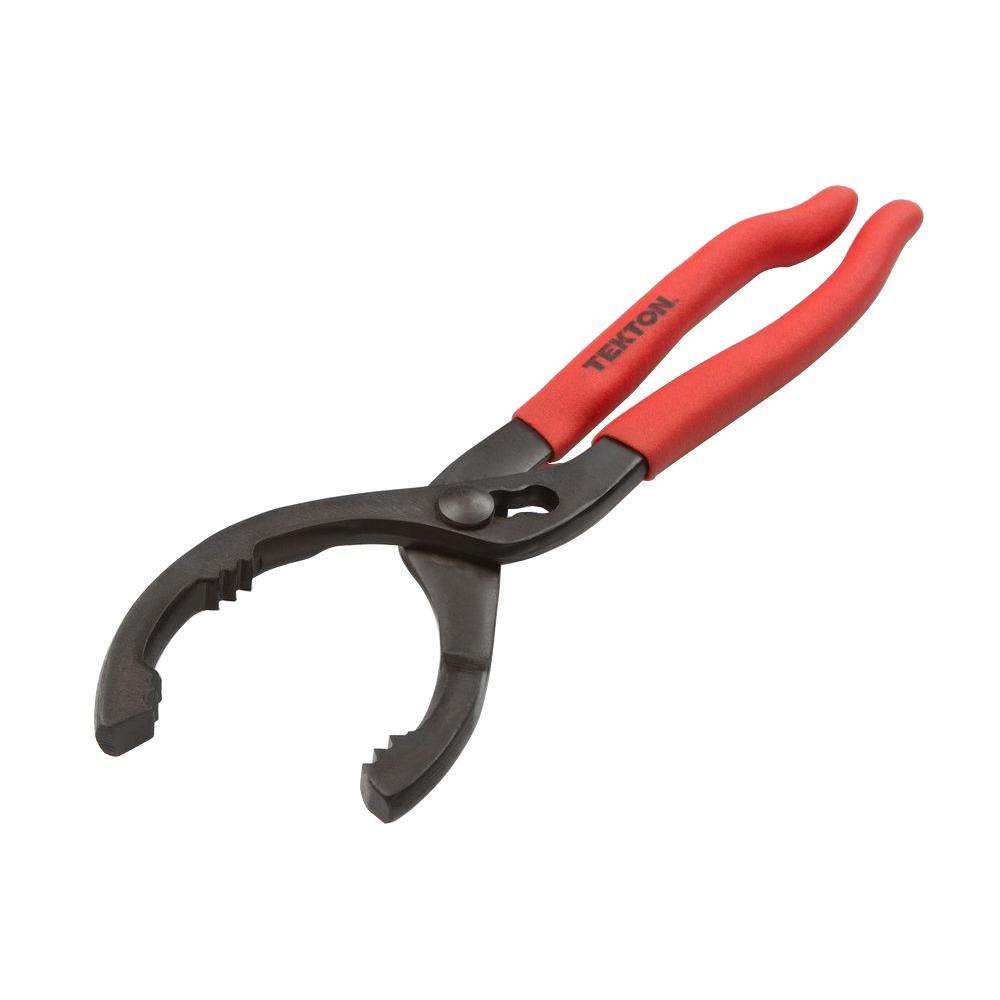
Popular Brands and Their Offerings
When shopping for oil filter plier, brand reputation can guide you. Popular brands have proven reliability. They often offer warranties or customer support. Let’s look at some well-known brands and what they offer.
Channellock
Channellock’s oil filter pliers boast a durable construction. Their blue grips are iconic. They offer a strong grip and comfortable handle. Mechanics trust this brand for tough jobs.
Craftsman
Craftsman is known for quality tools. Their oil filter pliers are no exception. They feature easy-to-use handles and a solid build. Many come with a lifetime guarantee.
Irwin
Irwin tools provide innovation. Their oil filter pliers have special features like quick-adjust mechanisms. They’re a good pick for efficiency.
Knipex
Knipex offers precision-engineered pliers. They are known for exceptional durability. Their oil filter pliers have a firm grip and are comfortable to use.
Tekton
Tekton pliers are user-friendly. They cater to DIY enthusiasts and professionals alike. They combine ease of use with reliable strength.
These brands are leaders in the automotive tool industry for a reason. They consistently deliver quality and durability. Look for them when you’re choosing oil filter pliers for your toolkit. Consider their offerings and choose the brand that aligns with your needs.
Maintenance and Care for Your Oil Filter Pliers
To keep your oil filter plier in tip-top shape, regular maintenance is key. Here are simple but effective tips:
Clean After Each Use
Oil and other automotive fluids can corrode your pliers. Wipe them down with a rag after each job. This prevents buildup and keeps the tool clean.
Inspect Joints and Adjustment Areas
Regularly check the pliers for loose or worn parts. Pay special attention to the joints and adjustment mechanisms. Tighten them if necessary.
Apply Protective Oil
A light coat of machine oil protects the pliers from rust. Apply it especially if you store the pliers for long periods.
Store in a Dry Place
Humidity is the enemy of metal tools. Keep your pliers in a dry and clean environment. This wards off rust and corrosion.
Regularly Check Gripping Surfaces
Look for signs of wear on the teeth or grips. Sharp teeth are crucial for maintaining a good hold on oil filters. Replace the pliers if they show significant wear.
Handle with Care
Don’t abuse your pliers by using them for unsuitable tasks. Use them as intended to preserve their condition.
By following these steps, your oil filter plier will remain reliable for years to come. Remember, well-cared-for tools perform better and last longer.

